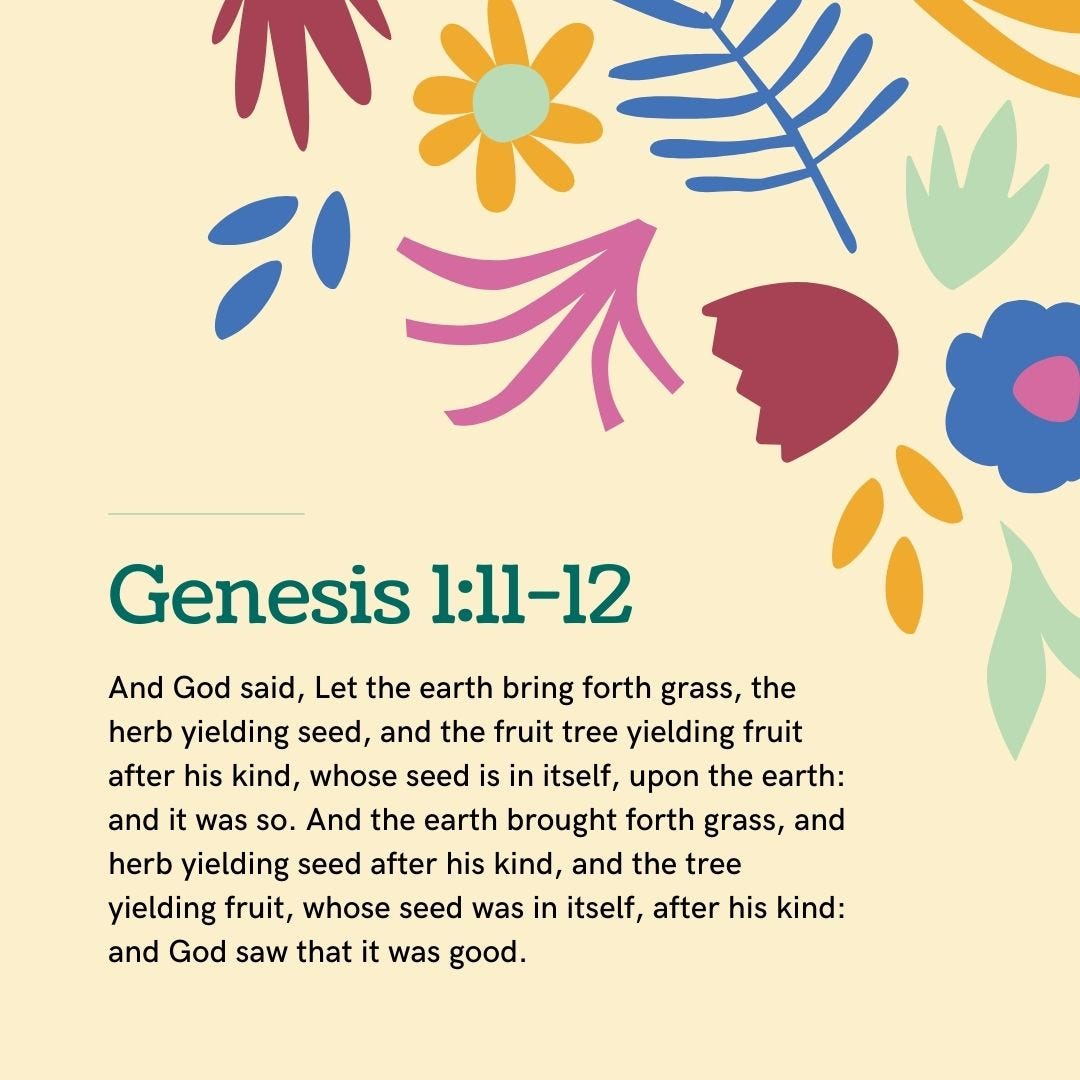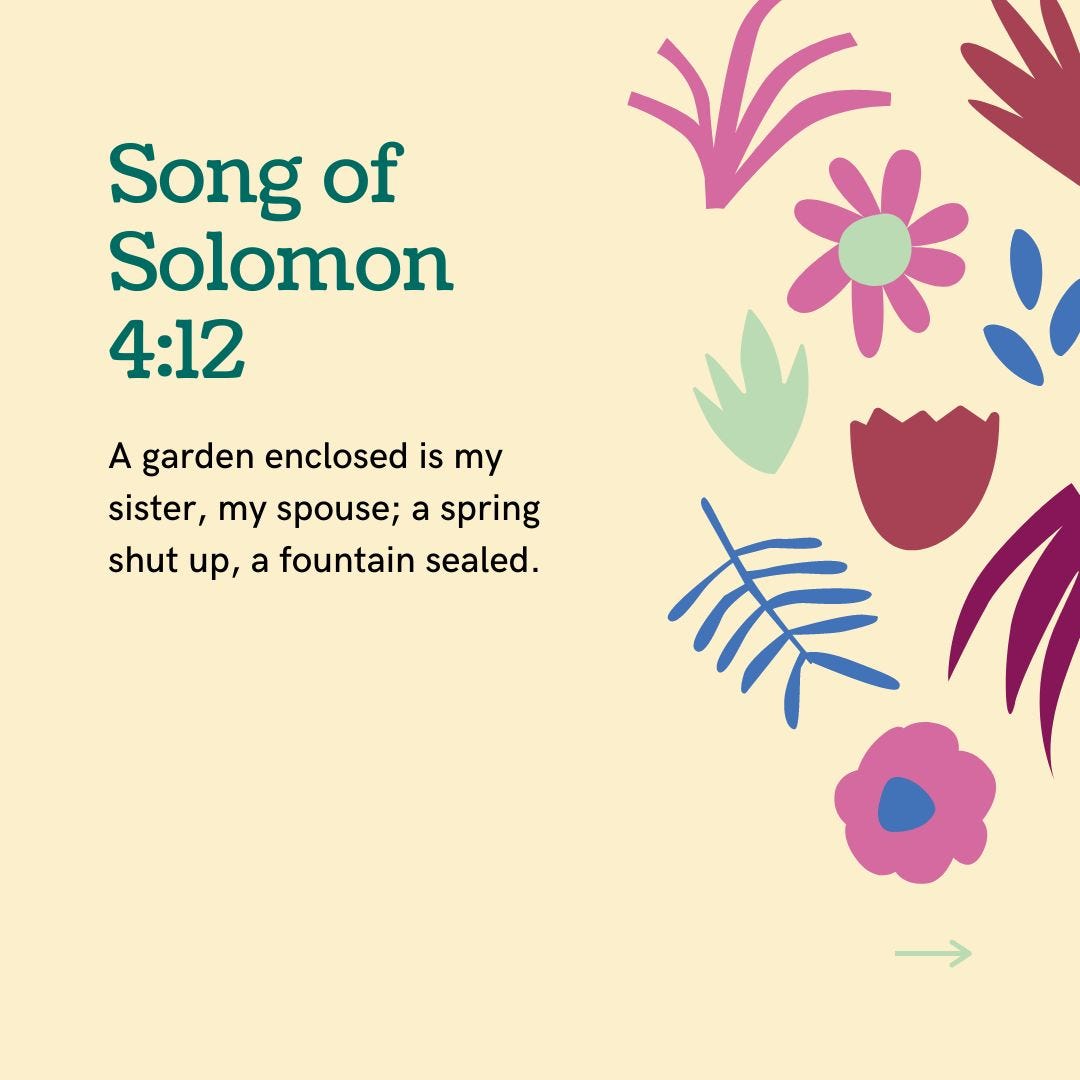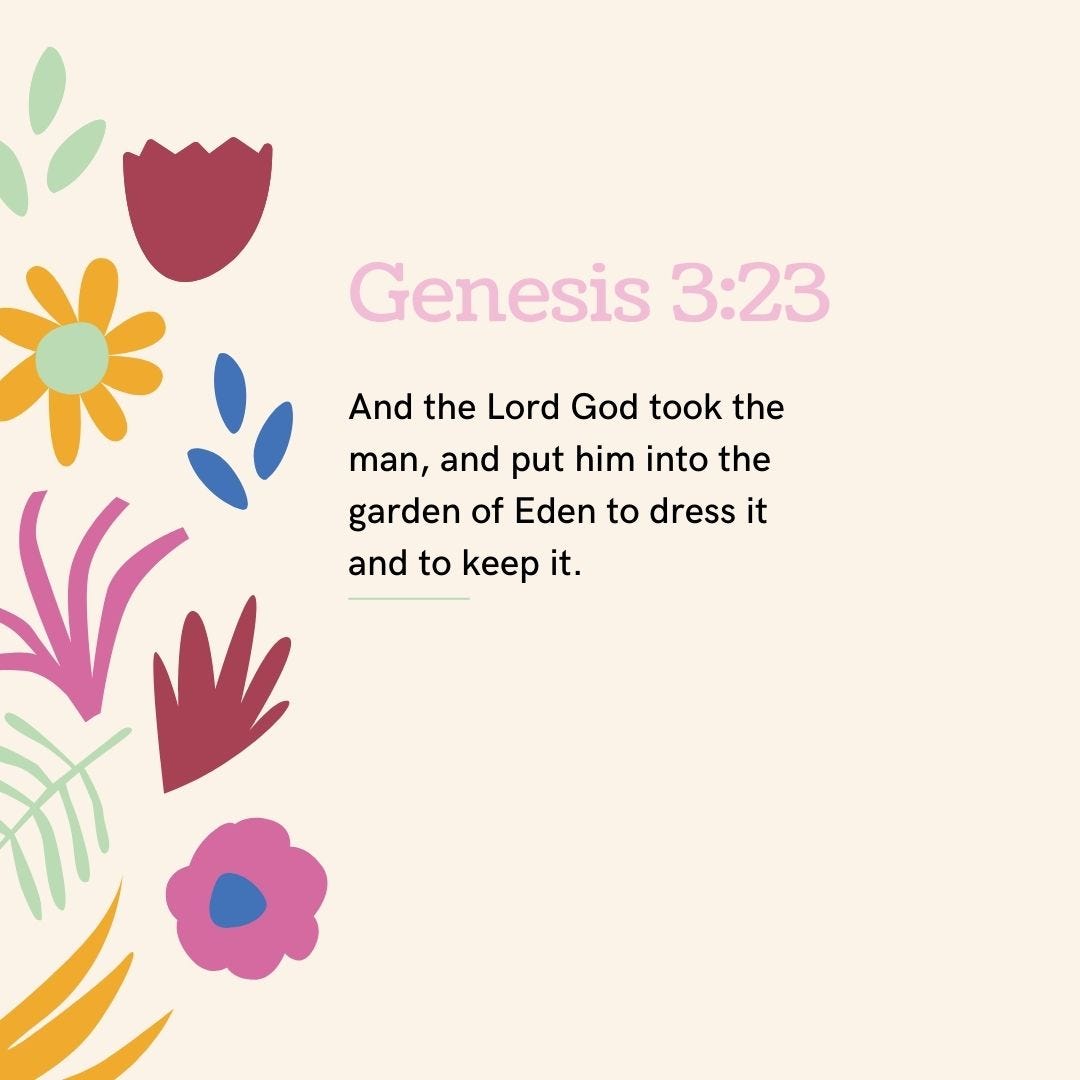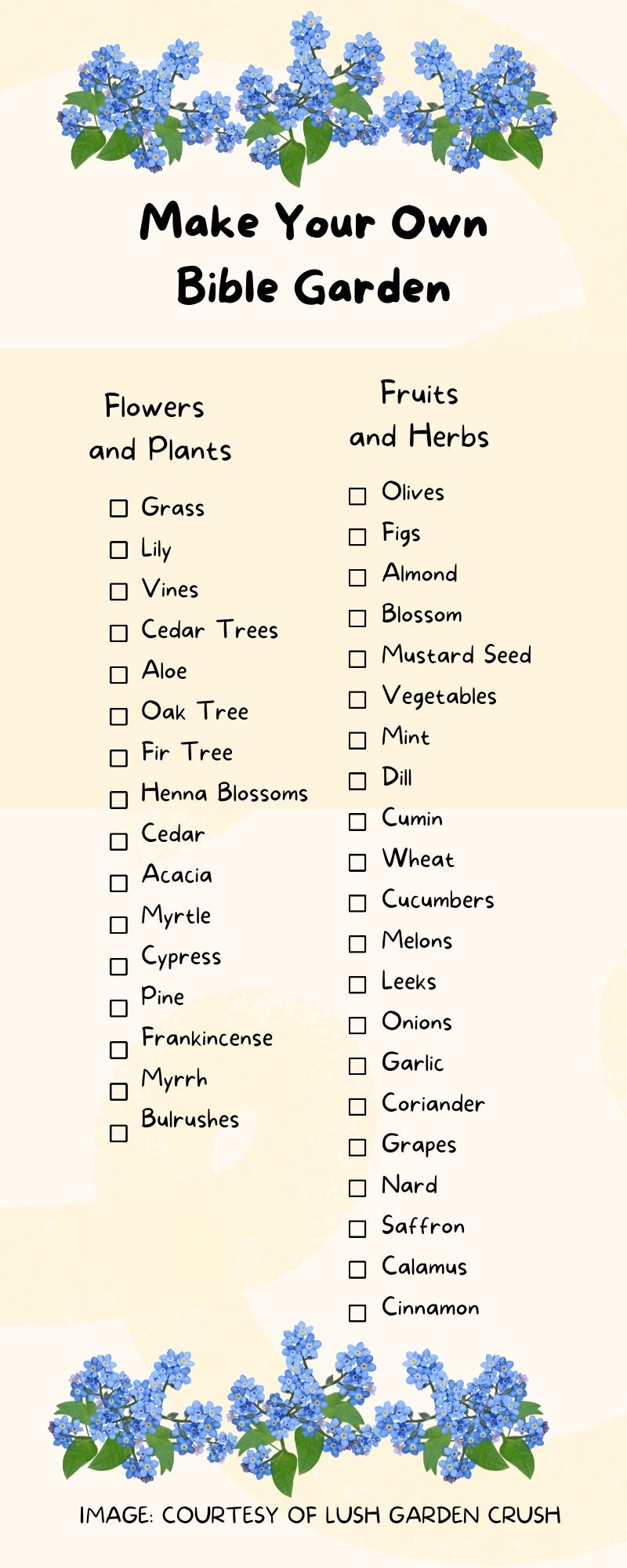Bible Gardens: God's Word in Nature
Since the moment mankind discovered that it could cultivate plants, there have been gardens of various types, sizes, and purposes. They were a prominent part of biblical times where agricultural living was a way of life. It's no wonder then that gardens play a significant role in the Bible. The word "garden" appears 59 times in the King James Version of the Bible, mostly in the Old Testament with Genesis featuring the word 13 times, the Book of Isaiah featuring it 8 times, and the Song of Solomon featuring it 7 times. Clearly, gardens are an important part of biblical teachings. They are not only the setting for the Bible's events but also important symbols left for those who read the Bible today. You can see the gardens of the Bible come to life when you visit a Bible garden.
What do gardens in the Bible symbolize?
In the Bible, gardens symbolize growth, abundance, beauty, wealth, inner peace, obedience, and the need to maintain the things and people you love and value.
Growth
A garden that grows is a healthy garden. Its fruit and flowers are evidence of life.
Every gardener wants his seeds to grow, and so we are encouraged as gardeners to tend to and grow the gifts we've been given.
Abundance
The more fruit a plant yields, the healthier it is and the more its gardener will have to eat or enjoy. A garden overflowing with fruit is a garden full of abundance. The Bible often mentions fruit to symbolize flourishing happiness or wealth.
Beauty
The Song of Solomon speaks at length about beauty as Solomon compares his love to the beauty in the world around him. Both prized for their delicate nature and fertility, garden and woman become synonymous in his eyes.
Flowers of the garden, especially roses and lilies, are mentioned by name for their beauty.
Wealth
Kings and rich landowners were part of a privileged class during biblical times. In contrast to the working class, they could use land for gardening rather than farming. So, a walk or a visit to a garden was a trip to a place of prominence, an area that only people of great financial means had access to. When Adam and Eve walked through the Garden of Eden, they were walking through a special place in God's kingdom.
Inner Peace
Just as it is today, in the Bible, the garden was a place for reflection. Sometimes people walked alone, and other times they were with a companion, usually engaged in discussing matters of great importance. In either case, it was a time for thought, for slowing down the body, and clearing the mind.
Obedience
Adam and Eve in the Garden of Eden is the cornerstone story in the Bible that discusses the importance of following God's word. From it, children learn to obey their parents, and adults learn lessons ranging from marriage to self control.
Maintenance
Like everything worth receiving, a garden is worth maintaining. Tending one's garden or managing one's own affairs is an important and recurring lesson throughout the Bible.
In fact, Adam and Jesus together have been referred to as the two gardeners of the Bible. In the Old Testament, Adam was brought to look after the world -- like a gardener who is tasked to look over his yield -- but he failed when he was tempted by a serpent in the Garden of Eden.
Jesus was also brought to look after the world like a gardener in the Old Testament. But unlike Adam, Jesus succeeded when he overcame temptation first in the wilderness, then again in the city, and finally the mountains.
Famous Gardens of the Bible
Given all they symbolize, it's no wonder that a few gardens from the Bible really stand out. The most famous gardens mentioned in the Bible include:
Garden of Eden: The serene, idyllic backdrop and setting of the fall of man as told through the story of Adam and Eve.
Garden of Gethsemane: A garden of olive trees that Jesus and his disciples visited often. Jesus spent his last hours here in agony and prayer before he was betrayed and crucified.
Garden of the Empty Tomb: The area surrounding the final resting place of Jesus before his resurrection.
Garden of Uzza: The burial grounds of Manasseh, a king.
The Bible Comes to Life in a Bible Garden
A Bible garden is one that contains the same features or plant elements that are found in the Bible. These gardens can either replicate the gardens mentioned in the Bible or have their own style by simply incorporating the flowers, fruits, herbs, and plants of the Bible into a creative garden of a landscaper's own making.
Bible Gardens to Visit
On a trip to Jerusalem, you can visit both the Garden of Gethsemane and the Garden of the Empty Tomb. Various companies offer tours and guidebooks to walk or drive you through the area and heighten your vacation experience.
Outside of Jerusalem, consider these gardens: Rodef Shalom Biblical Botanical Garden in Pittsburgh; The Cathedral Church of St. John the Divine in New York; the Coming King Scripture Prayer Gardens in Kerrville, TX; the Carolina Bible Gardens in Garner, NC; and The Franciscan Monastery of the Holy Land in America in Washington, DC.
Other notable Bible gardens abroad include The Palm Beach Bible Garden in Australia, the ZACONA Eco-Resort & Biblical Garden in the Philippines, the Biblical Garden Elgin in Scotland, and the Bangor Bible Garden in the UK.
Make Your Own Bible Garden
If you want to bring the wonder of God's word to your own backyard, you can create your own garden based on the sample flora of the Bible listed below.
If the plants on the list don't really work for your space, you can still create a Bible garden with native plants. Just use plants local to where you live as a backdrop to statues depicting scenes based on biblical events. Use water features, statues, and gnomes to help you.
For the extreme garden enthusiast, also consider becoming a member of the Biblical Botanical Gardens Society. They will have inspiration and shared expertise to fuel your journey.
Whether you visit a Bible garden or make one on your own, Bible gardens can enrich your study and enjoyment of God's word. They bring the stories of his life to the present day with the plants and flowers that were abundant during his time and scenes that depict the greatest stories ever told.








